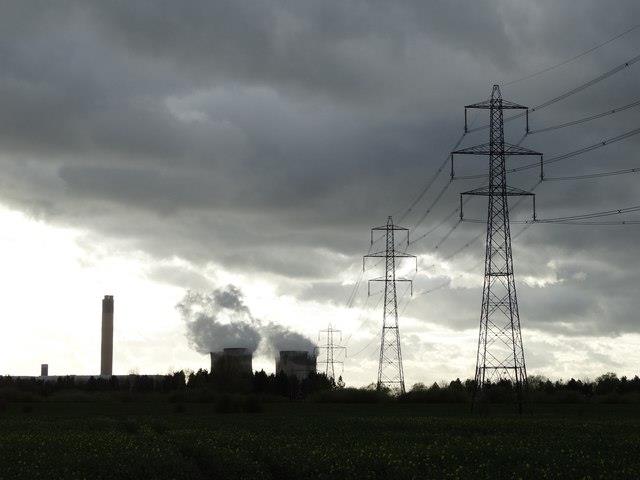Increased CO2emissions, and associated global warming, could rise more quickly than expected, according to a new model which includes ‘energy use per person’ as a predictive factor.
The model forecasts that population and economic growth combined with rising energy use per person could significantly increase global energy demand and CO2emissions, causing the world average temperature to rise by 1.5 degrees by as early as 2020.
The model was developed by Dr Liam Wagner from Griffith Business School‘s Department Accounting, Finance and Economics and Professor Ben Hankamer from the University of Queensland.
Dr Wagner said the model challenged the assumption that increases in energy efficiency and conversion would offset increases in demand.
“We have successfully applied our model to world energy demand from 1950-2010 and demonstrated that increases in energy efficiency alone don’t offset the surge in in energy use per person,” he said.
“Simply put, as we get more efficient at manufacturing, goods get cheaper and we buy more.
Nations at the 2015 UN Conference on Climate Change agreed to keep the rise in global average temperature below 2 degrees Celsius, preferably limiting it to 1.5 degrees to protect island states.
“Our model shows we may have less time left than expected to prevent world temperature from rising above these thresholds,” Professor Hankamer said.
“World population is forecast to increase to over 9 billion people by 2050, which, together with international ‘pro-growth’ strategies, will lead to continually increasing energy demand.
Professor Hankamer said it was vital to move from CO2-emitting fossil fuels and tap into renewable resources to accommodate these increases while controlling temperature.
“The sun is by far the largest renewable energy source,” he said.
“In just two hours it delivers enough solar energy to the Earth’s surface to power the entire global economy for a year — now is the time to make the switch.
“A cost-neutral strategy that governments should consider to fast track this transition is diverting the $500 billion used to subsidise the fossil fuel industry internationally to assist the global renewable sector.”
Dr Wagner said massive increases in energy consumption would be necessary to alleviate poverty.
Our choices include: continuing down a business-as-usual track with 50 per cent of the world’s population living on less than $2.50 a day; increase economic growth powered by fossil fuels and speed towards dangerous climate change; or fast track a transition towards renewables in an orderly manner.
The research has been published in the journal PLOS ONE.
